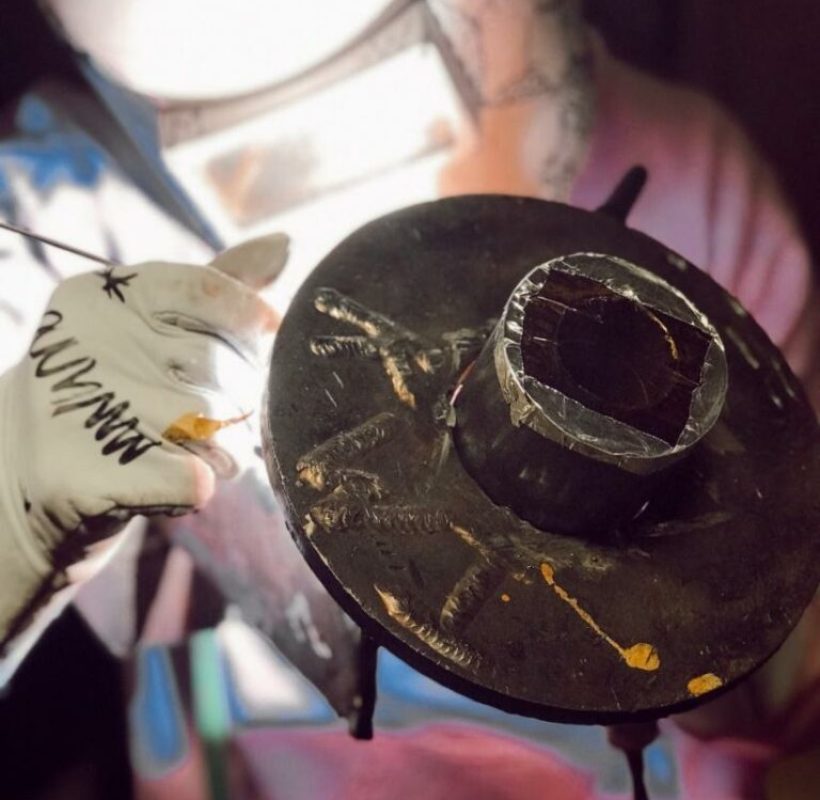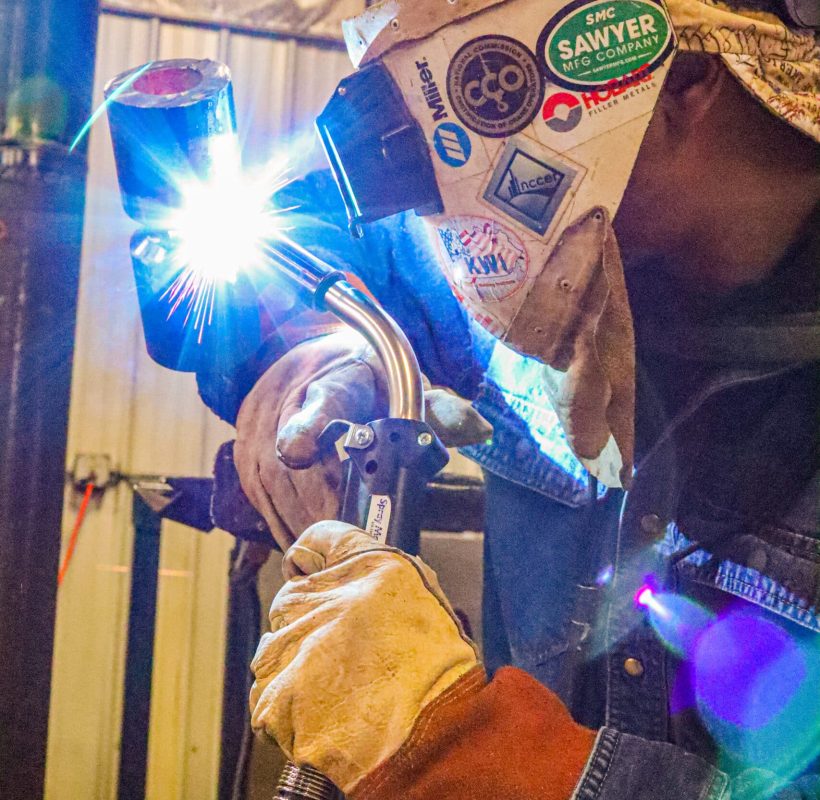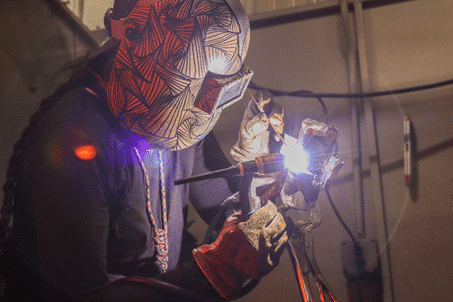WELDER CERTIFICATION VS QUALIFICATION
WELDER CERTIFICATION VS QUALIFICATION
There is a lot of confusion on the difference between certification and qualification. According to the American Welding Society certification is only awarded through a very specific channel and process. On the other hand, qualification is done largely by companies and contractors who qualify their employed welders to perform specific welding on the job. When selecting a welding school, should you select one that certifies you or qualifies you?
- 2. Hold Your Hands High, Elbows Low & Move Your Head
Welding is done to a code, which is a written standard for welding. Examples of welding codes include AWS D1.1, ASME Section IX, and the API 1104. There are numerous others, but these are a few very popular codes used in the industry. You will not find a requirement for certification of welders in any of these code books, however, they all require the qualification of welders through a performance test.
Each company or contractor tests their welders in, as a way of verifying the skills of a welder on a specific set of parameters including weld process, electrode type, base metal type, base metal thickness, weld position, and others. After qualifying for a company
which they tested but should not perform welds outside the parameters. For example, a welder who tested stick on carbon should not be permitted to weld tig on stainless. Qualification tests are written up as a WPS (Weld Procedure Specification) and the results of a welder’s performance are captured on their WQTR (Welder Qualification Test Record). This is often referred to as “weld papers”. This is not a permanent license to weld, in fact; papers can be pulled if the welder’s performance suffers or when a welder has not welded for that company for more than six months. A company’s QC (quality control) or CWI (certified welding inspector) is responsible for testing in welders, maintaining the WQTR, and pulling papers due to poor welding or expiration.
While certification is not required in any code book, it is an extremely powerful calling card for any welder. Landing a welding job can be done through word of mouth, call backs, resume’s, profiles, and job search sites. In most cases, the task of “manning up” the job is handled by the HR (human resource) department. Picture an individual in an office flipping through resume’s and calling those which they believe could pass the weld test and perform on their project. A company manning a weld job fights a couple of inherent issues. Let’s say we need fifty welders for a project we are manning up for this fall.
In order to get fifty welders who can pass the weld test, pass the drug test, and won’t drag 2 weeks in, we’ll probably need to have 75 applicants come in to weld test. HR does not want to keep fighting the issue of finding quality applicants, so they search for things like experience, prior work with their company, and industry certifications that communicate verified knowledge and skill in the industry. The only way for a welder to become “certified” according to the American Welding Society is through an ATF (Accredited Testing Facility) by a CWI (Certified Welding Inspector). Becoming a CWI is strenuous in and of itself, but the strict standards to which the AWS holds an ATF are second to none. So, while companies still weld test certified welders to qualify them for their project, there is a lot of respect for those who hold AWS Certified Welder (CW) cards. The CW card speaks to a welder’s ability to undergo rigorous testing procedures by a facility that has been vetted by the American Welding Society.
Summarizing the difference between qualification and certification is not exactly like comparing the minors to the majors. All companies are still required to qualify a welder for the specific welds on their project. However, the American Welding Society guards its certification of welders through strict guidelines only allowing CWI’s associated with an ATF to award the coveted Certified Welder
Card. This card is a powerful asset in helping float their resume or profile to the top of the call list when the HR department is manning up a job. That is why the Kentucky Welding Institute is an Accredited Testing Facility for the American Welding Society. So why don’t all welding schools certify their students? To be honest it is an expensive task. Maintaining the AWS ATF status has annual fees and audits on top of the cost of correctly maintaining base and filler metals to high standards. In addition, it takes experienced, skilled, and intelligent people to pass the CWI exam; KWI currently has 5 CWI’s on staff. Plus, each certification submitted to the AWS in Miami, Florida costs a fee. For these reasons, most ATF’s charge around $300 per weld certification test, pass or fail. KWI feels your career is worth the expense. The real question is if these other weld schools are not ATF’s certifying you to the AWS standard then what are they doing with your money?
The pipe welding certification program at KWI is packed with the most common weld tests given by companies and contractors across the nation. In fact, the combo monster, stick monster, stainless monster and schedule 10 tests represent a large portion of entry level weld tests for an uphill welder and that is why they are included in your pipe welding certification program at KWI. Get this- If you complete the base pipe welding certification package and still have time left in your pipe welding program KWI will continue to certify you at no additional costs. The way we see it, it’s the most American thing we can do, reward hard work and dedication. Custom welding certifications like copper nickel, Inconel, chrome, super duplex, branch and bell hole or RMD can all be added to your AWS Certified Welder Card. Your future is important to you and KWI stands ready to help you with industry knowledgeable and seasoned instructors focused on making you the successful, employable welder you desire to be.
For more information on the difference between qualification and certification visit the American Welding Society at www.aws.org or read their white sheet on this topic at https://awo.aws.org/wp-content/uploads/2013/11/AWS-White-Paper-Welder-Certification-vs-Qualification.pdf





